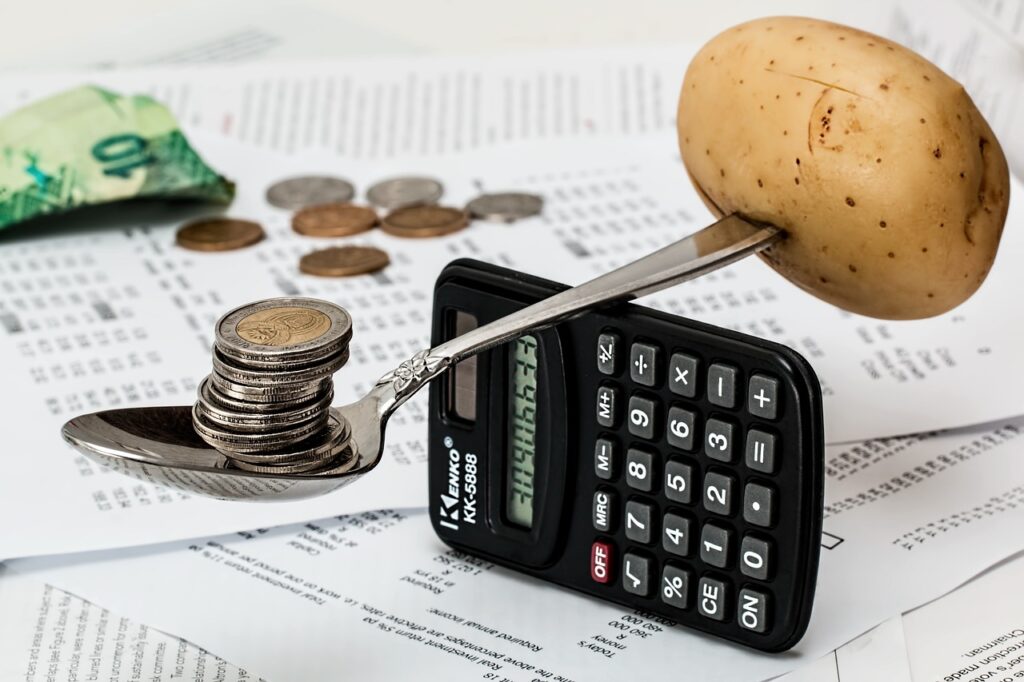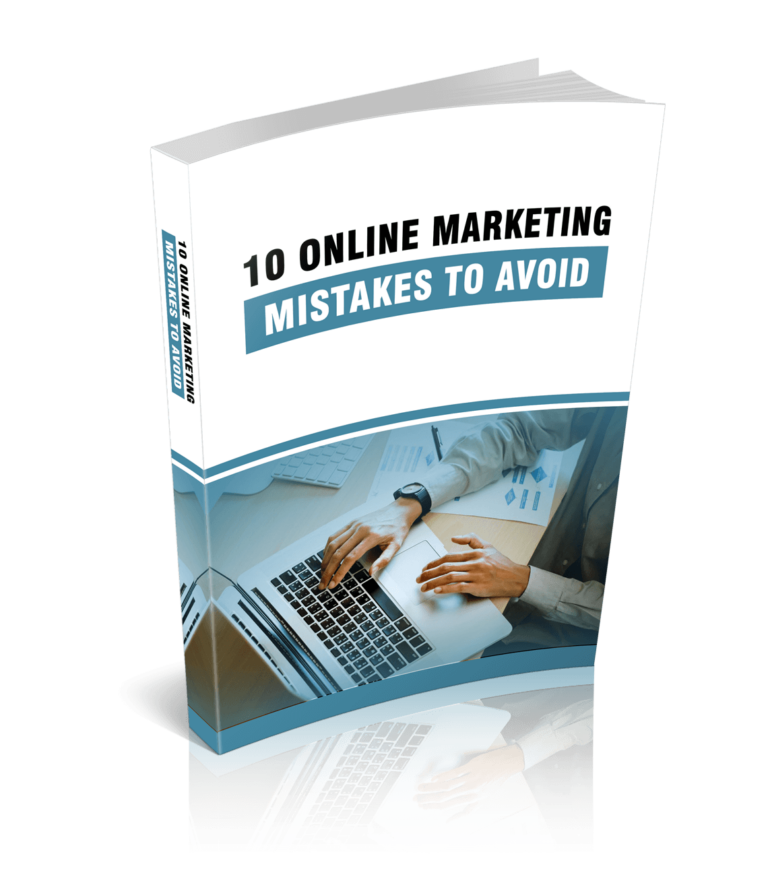Perhaps not the sexiest investment, but it might be the trendiest.
TreasuryDirect.gov was one of the most visited websites in the entire federal government last week. The site had so many visitors that it crashed early morning Friday, making it inaccessible to many Americans for most of the day.
Why the hysteria?
SUBSCRIBE TO INCOME PATROL
Get updates on the latest posts and more from Income Patrol straight to your inbox.
It was over series I savings bonds (“I-Bonds”). Those that were able to buy them on Friday locked-in a nearly risk-free 9.62% investment yield.
At 9.62%, I-Bonds enjoy returns over a full percentage point higher than the annual rate of inflation (8.2%) and about nine percentage points higher than the average return on a savings account (.17%).
Friday was the last day to get I-Bonds with a 9.62% interest rate (at least for now). But that doesn’t mean you still shouldn’t buy them.
Here’s why…
For those who don’t know, Series I bonds are a type of a U.S. government savings bond. They pay interest based on the rate of inflation. The higher inflation goes, the more interest that’s paid on the I-Bonds. With inflation currently at 40-year highs, I-Bonds have recently offered some of their highest yields since debuting in 1998.
The interest rate on I-Bonds is calculated every 6-months. There are two components to the calculation – a fixed rate and a variable rate. The fixed rate stays the same throughout your holding period and the variable rate changes every six months based on the value of the Consumer Price Index for All Urban Consumers (“CPI-U”).
Since 2020, the fixed rate for all issued I-bonds has been 0%. The high yields I-Bond investors have recently enjoyed stem from the variable component, which for the 6-month period ended October 31, 2022, was an annualized rate of 9.62%.
The I-Bond interest rate for the next 6-months was released on Tuesday, November 1 and will be 6.89%, according to the U.S. Treasury. That represents a fixed-rate of 0.40% and an annualized variable rate of 6.48%. While that’s lower than the 9.62% for the last 6-month period, it’s still significantly higher than the yields currently offered on other low-risk investments like savings accounts and certificates of deposits.
To buy I-Bonds all you need is an account on TreasuryDirect.gov. Once opened, you can buy up to $10,000 worth of I-Bonds electronically. You must hold the bonds for at least twelve months before redeeming them and if you cash out within five years of the original purchase date then you will forfeit 3-months’ worth of interest. It’s important to note that the $10,000 cap is on an individual basis. You can buy up to $10,000 worth of I-Bonds for each person in your family.
Of course, the 12-month lock-up period means that these investments probably aren’t the best place to park 100% of your emergency fund. Like any investment decision, you want to make sure that you do not put all your eggs in one basket and that you’re well diversified.
But if you’re looking for a low-risk way to beat inflation and can afford to let the cash sit for a while, then I-Bonds are still worth a look.
LIMITED-TIME OFFER!
With LIFETIME ACCESS membership ($67) you have access to ALL exclusive materials (current and upcoming) for lifetime. We create new courses, ebooks, webinars and downloads on a regular basis. This offer expires soon and will be replaced with monthly-paid subscription, so hurry up! Get access HERE!





